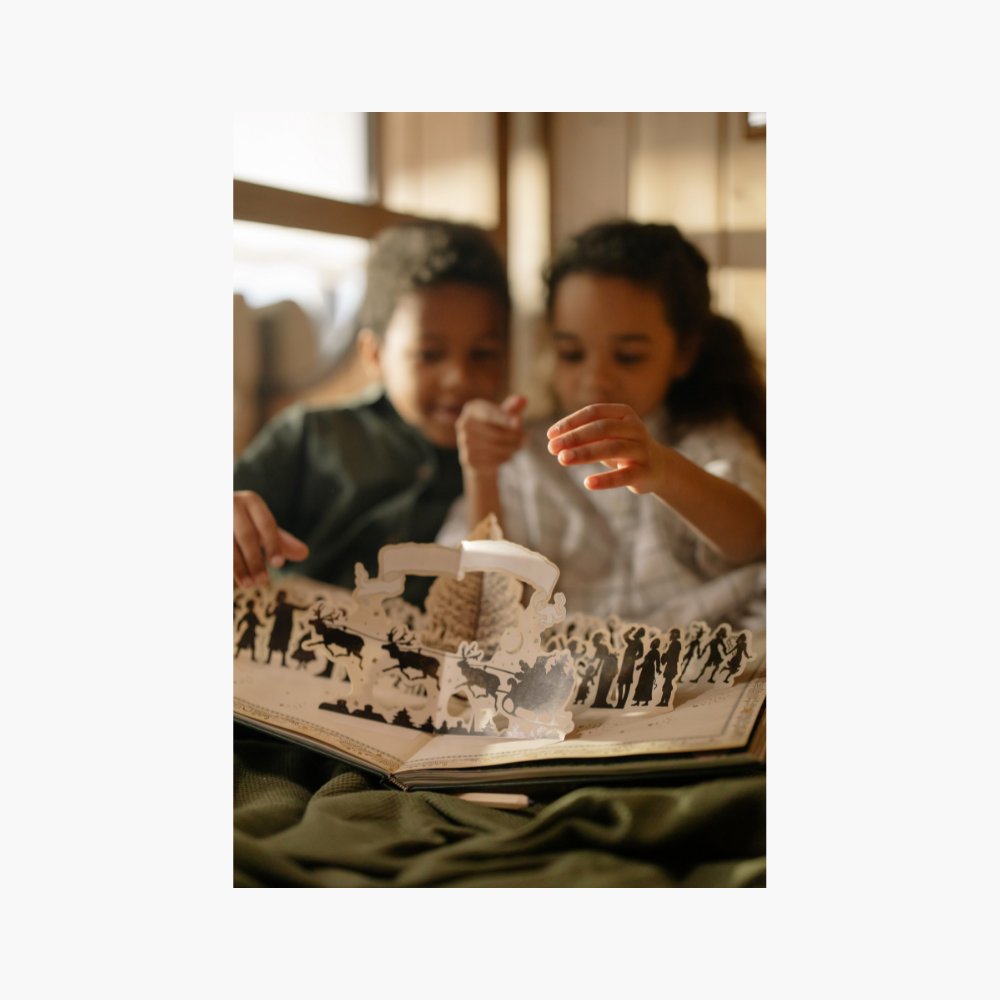The Benefits of Child-Led Learning
Did you know that fewer than half of college students are ready for the workforce? How are kids supposed to learn how to be functioning members of society, pay taxes, set up direct deposits and start investing if these things aren’t taught in schools — or at home? Enter child-led learning, a modern approach to learning with a focus on the student. You may be wondering, “can children really learn through child-led learning? In this post, we’ll detail what child-led learning is, its benefits and some activities you can start with your little ones today.
What Is Child-Led Learning?

Child-led learning, which is sometimes referred to as “unlearning,” is a term that’s used to describe an approach to education in which children are responsible for deciding what they learn. Sometimes this even extends to how long they spend on a particular lesson and what methods and materials are used to learn it.
This style of learning often takes place in home-school or private tutoring settings. In this context, children are given free rein to engage with the material that they please, whether it’s art, music or role-play instead of conventional Q&A-style learning and worksheets.
Some child-led learning teachers or parents might give the child options and have them choose what to learn, while others may choose the topic and lesson but allow the kids to steer the material and lessons in a particular direction.
The Benefits of Child-Led Learning

Some of the most significant benefits of child-led learning include:
Learning in a Pressure-Free Environment
When your child is free to follow their interests and wait until they’re ready to learn certain skills, the pressure to learn is removed, making learning a lot more fun and making your child much more willing to try and learn about new things. This also helps ensure you don’t get frustrated if your child fails to complete an activity or hit a traditional milestone because you know they’ll get there on their own time.
Child-Led Learning Is Deep and Complex
All parents know how many questions kids ask and how much they talk about things they are truly interested in. Imagine applying that level of awe, wonder and curiosity to subjects in the classroom? That’s the key to learning and why child-led learning is so effective. When a child has the time and freedom to explore, investigate and especially experiment, it leads to multi-level, immersive learning. When they figure things out for themselves, children can grasp deeper understandings of the topic.
Child-Led Learning Fosters a Love of Learning
Think about how much your little ones love dinosaurs or trucks — they can probably name every dinosaur from the Allosaurus to the Yangchuanosaurus. Maybe their room is decorated with trucks and they refuse to wear anything except their monster truck T-shirt. Children are naturally curious, and their little brains get fixated on things they love and then they want to consume as much about said subjects as they can, from what they eat (e.g. dino nuggets) to what they wear, watch and talk about. When you let your child learn about what they want to learn about this love of learning never has to go away!
As co-founder and Head of Outschool, Amir Nathoo puts it:
"Traditional education is often a one-size-fits-all approach, but every child is unique. They are born with an innate curiosity, and our role is to nurture it. If we genuinely want to focus on a child's best interests, we should let them guide us. We can empower them to follow their interests by providing opportunities to explore and deepen their learning. In turn, they will show us all the amazing ways they can thrive."
Supporting Child-Led Learning at Home

If child-led learning sounds like something you’d like to try, there are some simple ways you can implement and support child-led learning at home, including:
- Use Outschool to find lessons and child-led learning activities at your fingertips. Outschool has more than 140,000 interactive online classes to keep kids engaged in the topics they’re most passionate about. From improv to social groups for shy teens, coding, language classes, financial skills, and even Dungeons and Dragons and Fortnite, Outschool does have a class for everyone!
- Give your kiddos free reign to choose what books, TV shows, games, etc., are offered during play or learning time at home. Once they choose their child-led learning activity, it’s your responsibility to play follow the leader.
- Provide your kids with many choices for everyday activities and let them make their own choices — yes, this means letting them walk out of the house with a crown on their head, a superhero cape on their back and mismatched shoes on their feet! Provide them with options on what to wear, what to eat, who they play with and so forth.
Activities That Can Help Encourage Child-Led Learning
If you’re feeling excited about the benefits of child-led learning and you’re ready to get started, here are some simple activities you can start implanting today:
- Engage in activities they’re interested in — If your child loves trains, why not book an Amtrak ride instead of driving to visit grandma and grandpa over the holidays? Immersing our children in activities they already love and are interested in amplifies their ability to absorb and retain information. From museums to concerts, plays, puppet shows, zoos, etc., the world is filled with activities to engage and immerse children —let them choose the ones they’re interested in.
- Be supportive and encouraging. Don’t forget to praise your child for their independence.
- Teach them how to teach themselves. Introduce them to the library and how to find books on what they’re looking for, or show them how to use Google and Wikipedia or an encyclopedia. Let them know the world is theirs with just a few simple tools.
Child-led learning is an emerging way to get kids fully involved and loving their education.
For more on learning, check out How To Find the Perfect Outschool Enrichment class

